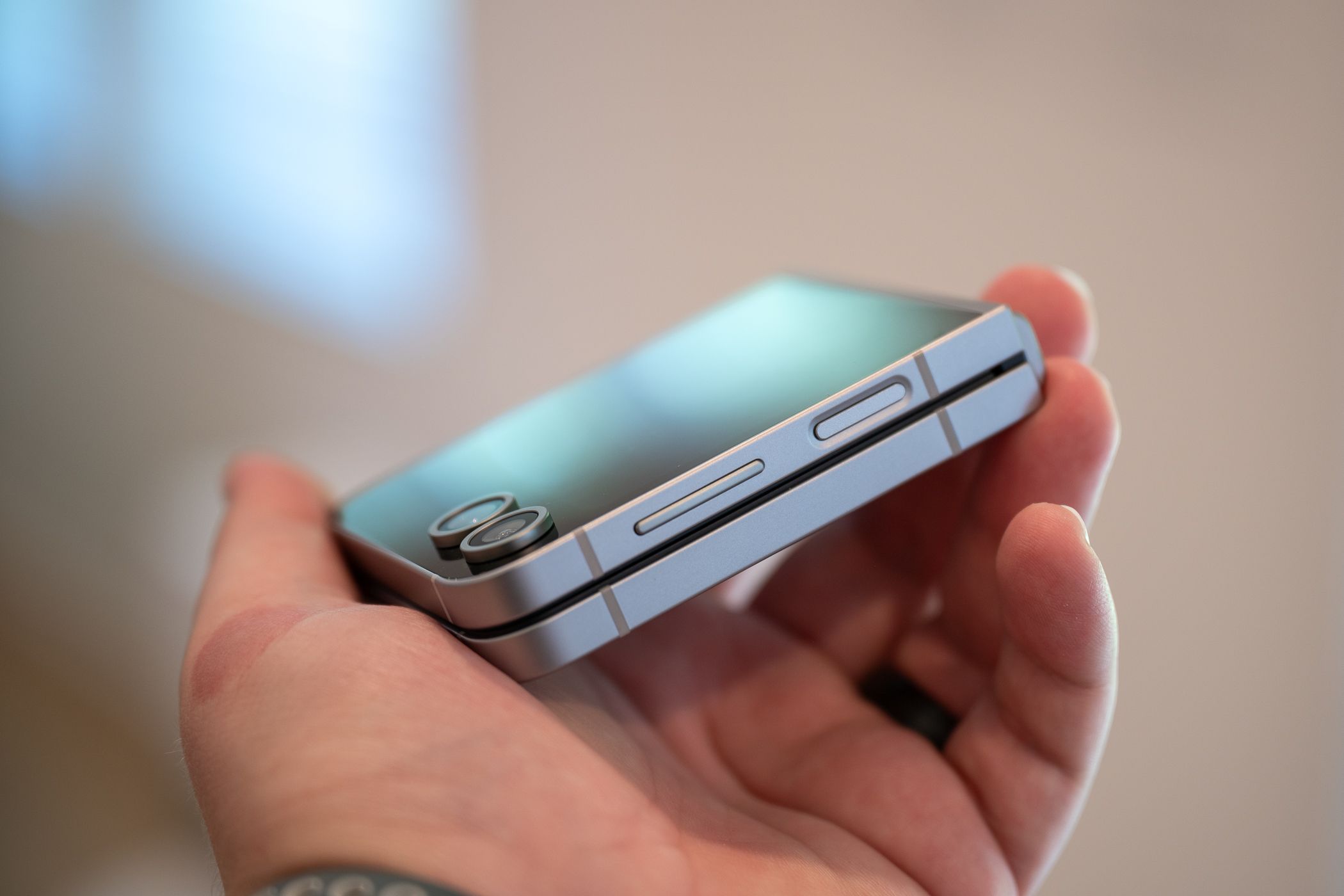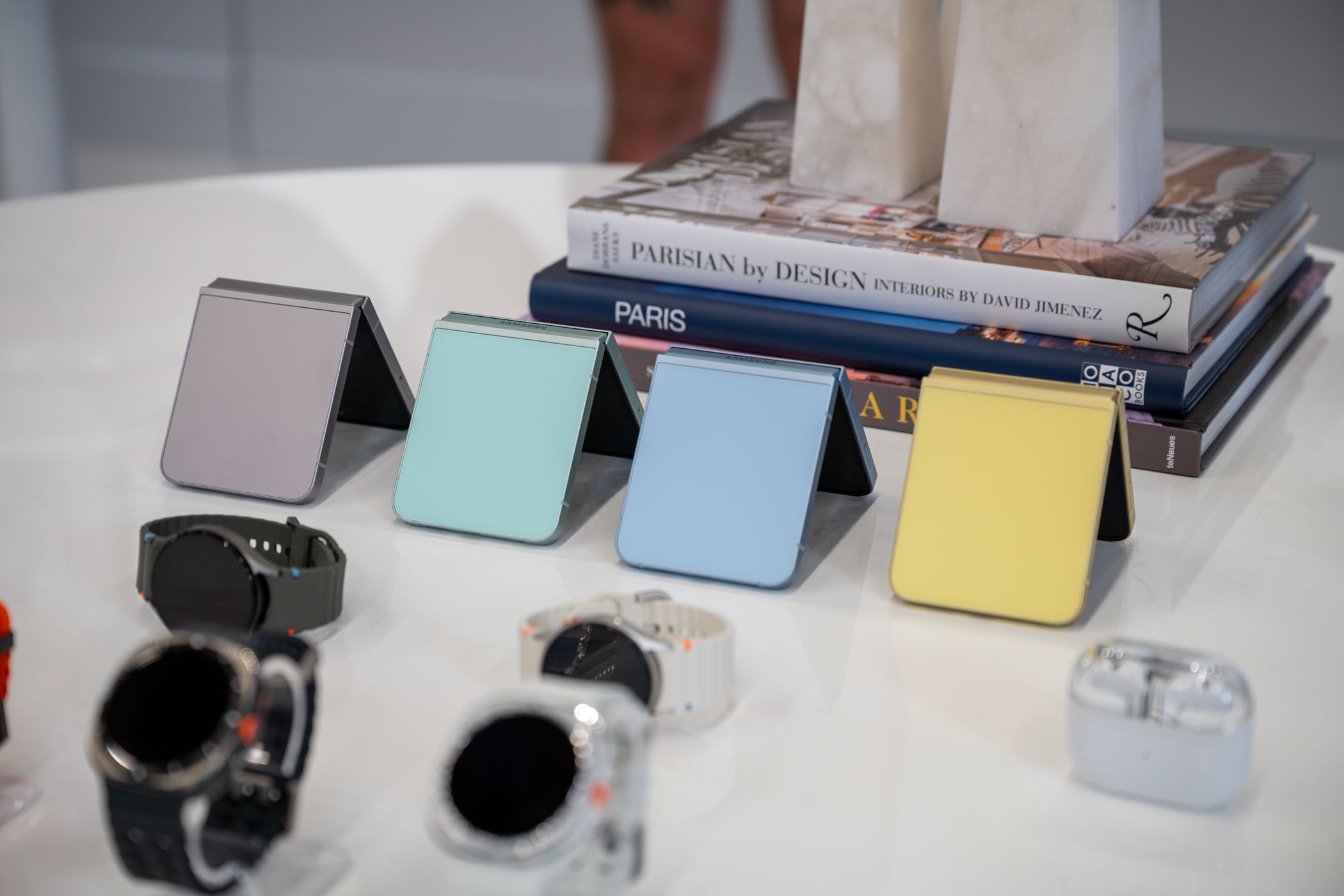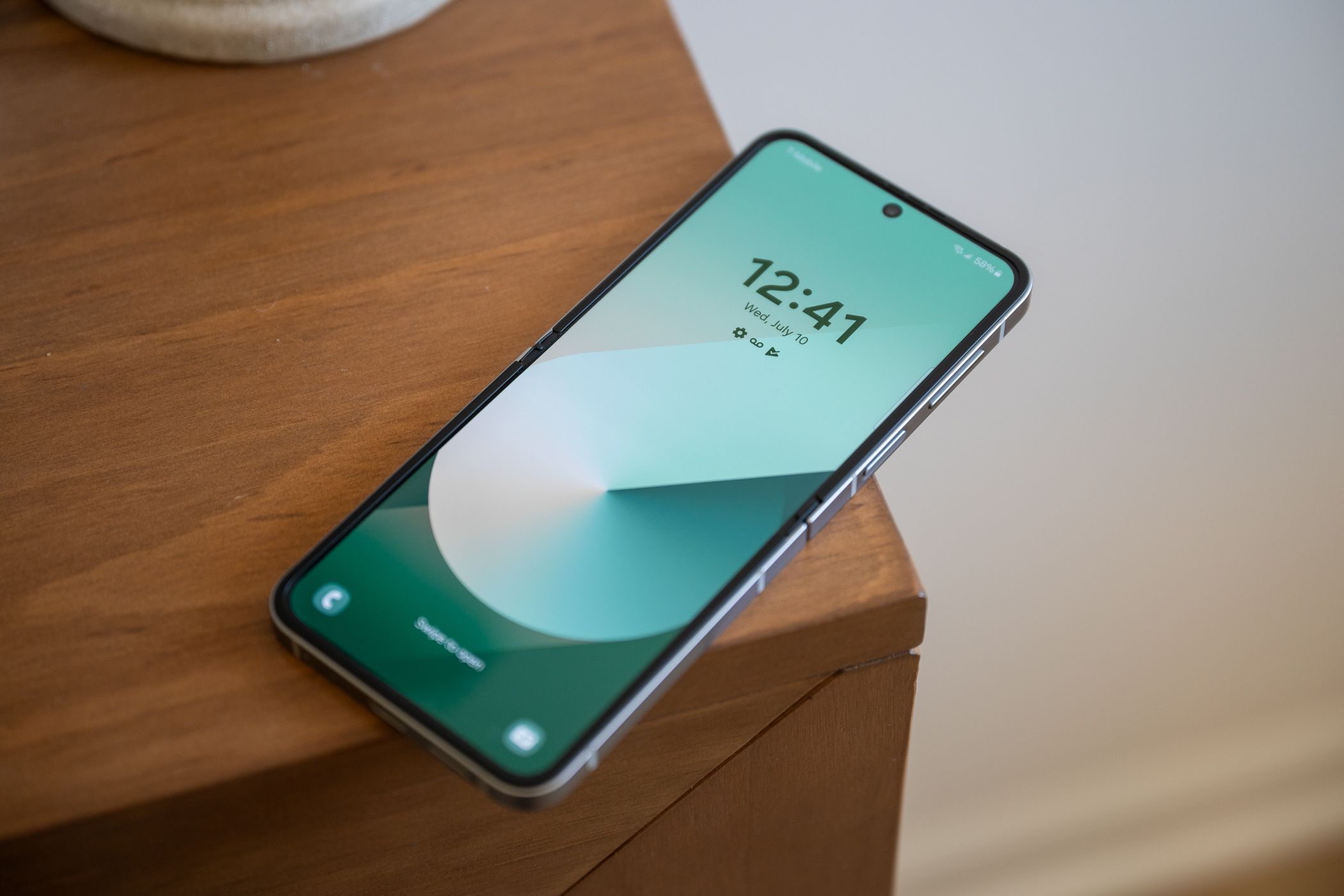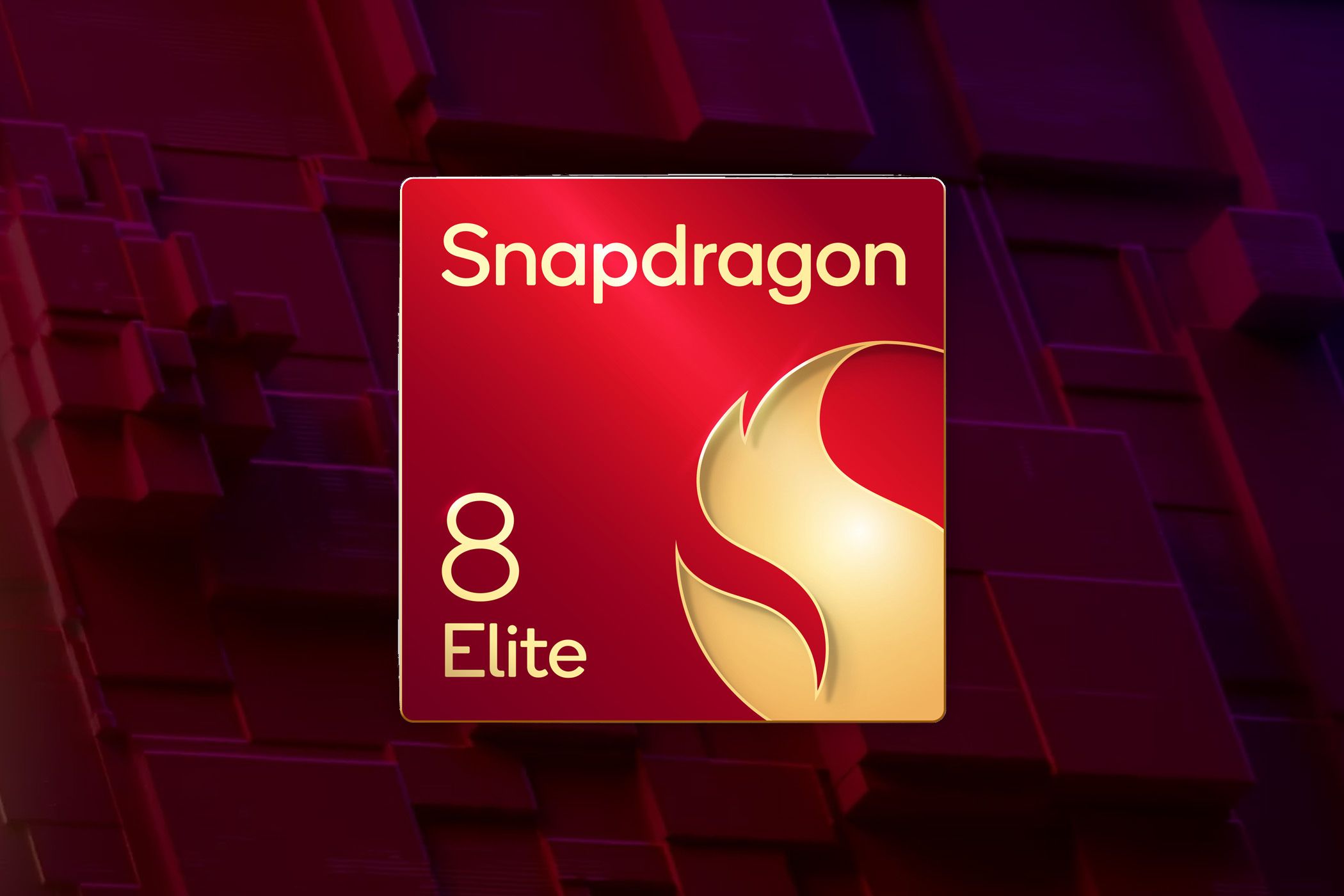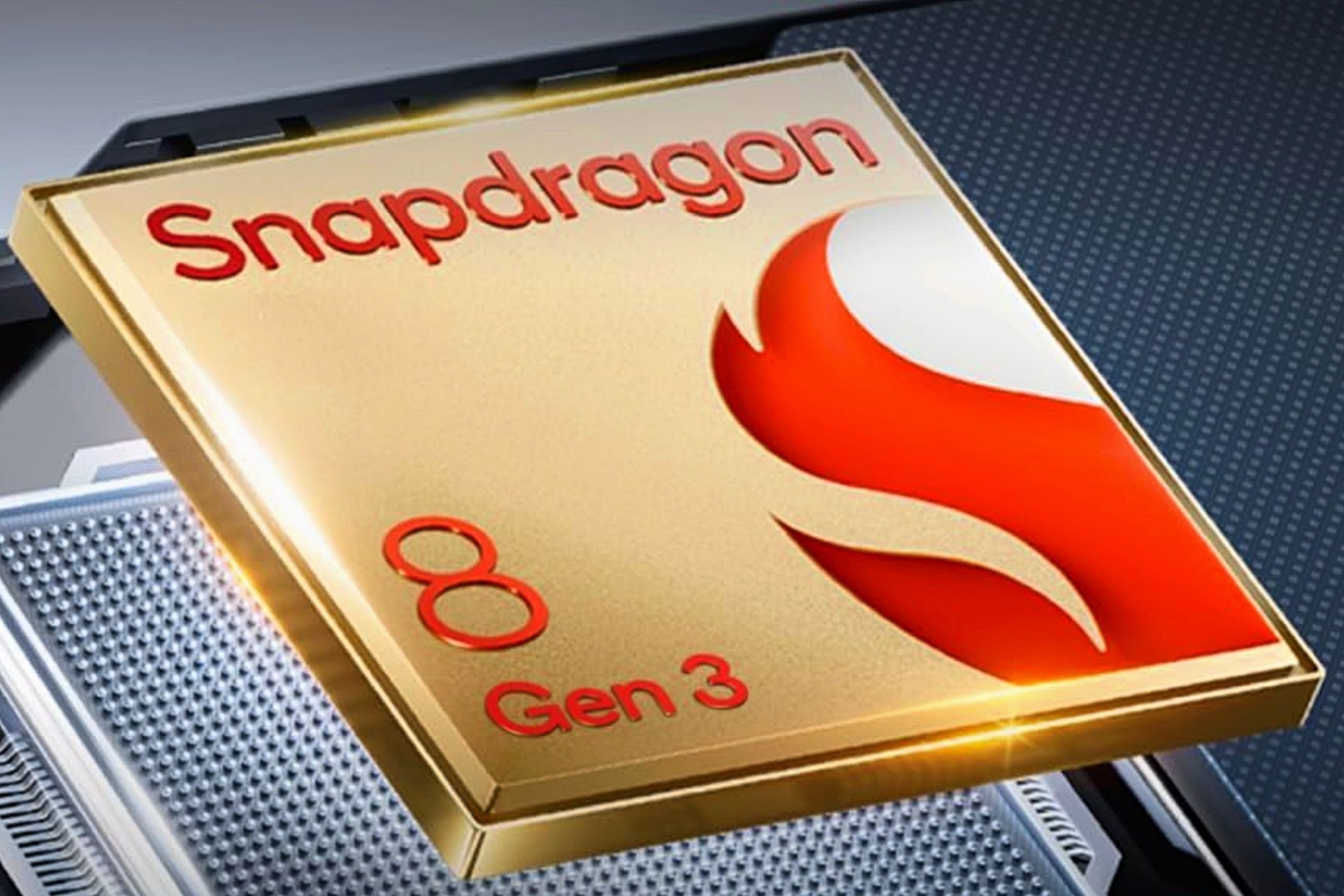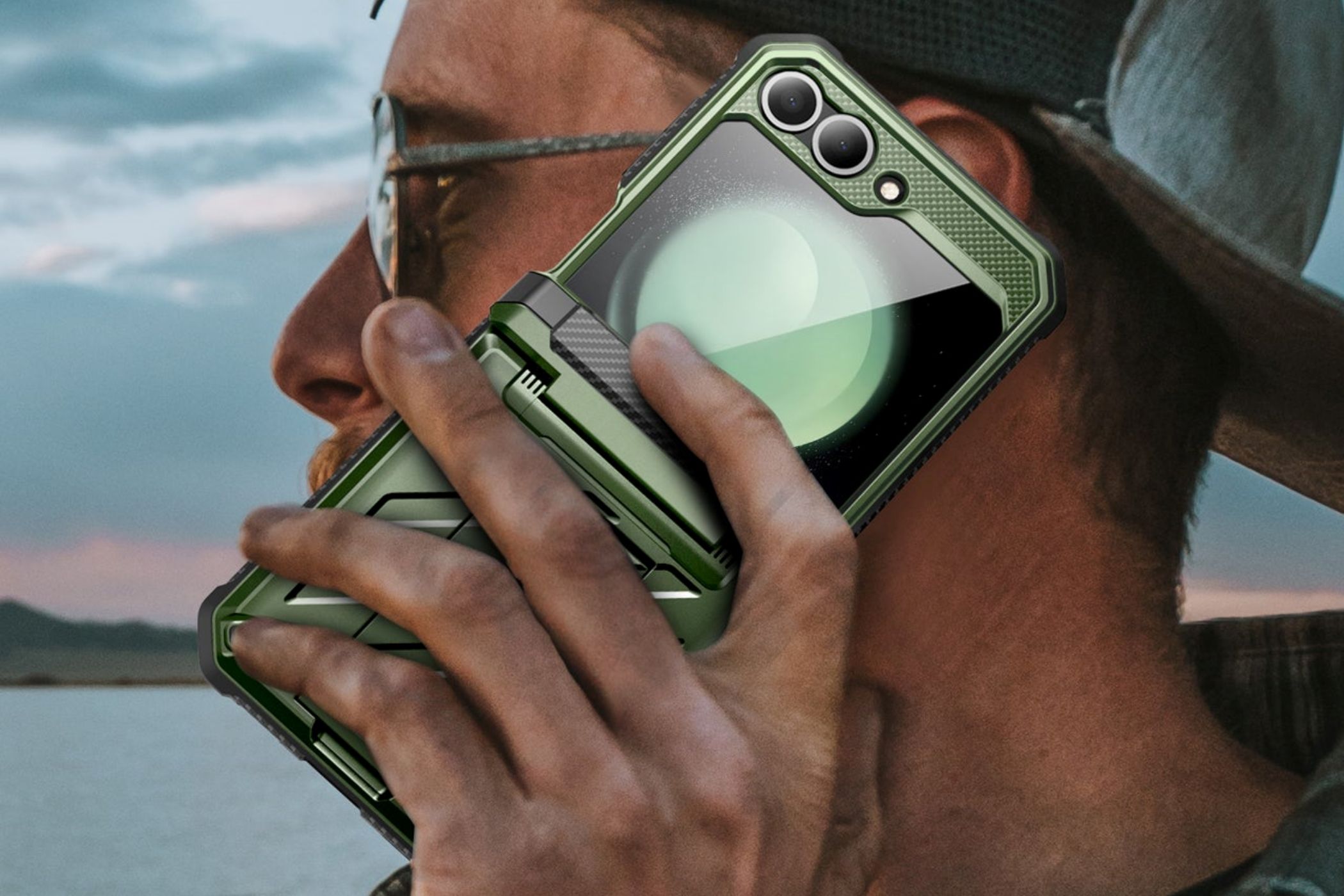There’s a new clamshell foldable in town — the Moto Razr 60 Ultra — ready to take on the best from the competition. Here’s how the flip-style foldable compares with Samsung’s Galaxy Z Flip 6, and which is better.
Price and Availability
The Moto Razr 60 Ultra costs $1,299.99 for the 512GB storage variant. It will be available for pre-orders starting May 7 and hit the stores on May 15, 2025.
The Galaxy Z Flip 6 starts from $1,099.99 for the baseline variant with 256GB and goes up to $1,219.99 for the 512GB variant. However, you can often find the foldable available for under $1,000.
|
Moto Razr 60 Ultra |
Samsung Galaxy Z Flip 6 |
|
|
256GB |
– |
$1,099.99 |
|
512GB |
$1,299.99 |
$1,219.99 |
|
1TB |
TBA |
– |
Flip 6 Is Thinner, but Razr 60 Ultra Looks Better
Like last year, the Razr 60 Ultra steals the show with its edge-to-edge cover screen (that runs around the circular camera housings), which, in my opinion, looks better than the folder-shaped cover screen on the Galaxy Z Flip 6 (with thicker bezels and uneven boundaries).
The Razr 60 Ultra looks cooler, but it is slightly bulkier than the Flip 6. With a side profile of 7.2 mm, the foldable is 0.3 mm thicker than the Flip 6 (which measures 6.9 mm). It might not sound like a stark difference, but when you fold the handsets, the Razr 60 Ultra is 15.7 mm thick, while the Flip 6 remains slimmer at 14.9 mm.
Even though both phones have an aluminum frame and a glass front, the Galaxy Z Flip 6 weighs 187 grams, 12 grams lighter than the Razr 60 Ultra. I believe it has to do with the unique materials used for the back panels.
For instance, the Mountain Trail variant (light brown) has a wooden back, while the Scarab (dark green) uses a suede-like material on the back panel. The Razr 60 Ultra is also available in Rio Red (vegan-leather back) and Cabaret finishes. On the other hand, the Flip 6 features a glass back in seven different colors.
With a larger cover screen and unique back materials, the Razr 60 Ultra sure looks more appealing. On the other hand, the Galaxy Z Flip 6 has a minimal yet classy finish with a lighter chassis.
How Durable Are the Latest Clamshells?
Both the Razr 60 Ultra and the Galaxy Z Flip 6 have an IP48 dust and water resistance rating, making them fit for submersion up to 1.5 meters for 30 minutes. Remember that phones are vulnerable to dust or sand particles smaller than 1 mm in diameter.
To protect the external display against drops and scratches, the Razr 60 Ultra uses Corning’s Gorilla Glass Ceramic (the first flip-phone to do so), which has been tested to survive at least 10 repeated drops from one meter on “surfaces replicating asphalt.” Per Motorola, the device has the “toughest external display on any Razr with 10x better drop performance.”
Since this is a relatively new product, I couldn’t find any direct comparisons with the Gorilla Glass Victus 2 used on the Flip 6’s cover screen (and other latest Android flagships), which can survive a drop from “up to 1m on 80-grit and up to 2m on 180-grit” sandpaper.
The Moto Razr 60 Ultra features a “redesigned titanium-reinforced hinge” that can withstand “up to 35% more folds than the previous generation.” To break it down, Moto claimed that the Razr 50 Ultra could last up to 600,000 folds.
Samsung uses a dual-rail hinge structure on the Flip 6, which is covered with an armor aluminum frame, making it more resistant to accidental drops than the one on its predecessor. In addition, Samsung claims that its latest foldables can “handle over 200,000 folding and unfolding cycles on average.”
Razr 60 Ultra Offers Brighter and Smoother Screens
As mentioned, the Razr 60 Ultra has a bigger screen on the outside. We’re talking about the four-inch LTPO AMOLED display module that has a local peak brightness of 3,000 nits and supports up to 165Hz refresh rate. Although the manual brightness is locked at lower levels, Motorola’s latest foldable has one of the brightest cover displays.
In contrast, the Galaxy Z Flip 6 has a smaller 3.4-inch Super AMOLED cover screen that only supports a 60Hz refresh rate and has a lower peak brightness of 1,600 nits. Unlike the Razr 60 Ultra’s secondary display, which has a pixel density of 417 ppi, the one on the Flip 6 has fewer pixels, resulting in 306 ppi.
I’m not sure how you’ll utilize it, but the Razr 60 Ultra’s secondary screen also supports Dolby Vision and HDR10+ formats for viewing content with a high dynamic range. But one thing is sure: Motorola’s external screen is leaps and bounds ahead of the Flip 6 (and I hope that changes with the Flip 7 later this year).
Unfolding the Razr 60 Ultra, you’ll come across a 7-inch LTPO AMOLED screen that can achieve 4,500 nits of local peak brightness, has a pixel density of 464 ppi, and supports HDR formats like the cover display.
The 6.7-inch LTPO Dynamic AMOLED screen on the Flip 6 comes close, but its local peak brightness (2,600 nits), refresh rate (120Hz), and pixel density (426 ppi) aren’t as good as those on the Razr 60 Ultra. On the positive side, the Flip 6 has slightly thinner bezels.
Snapdragon 8 Elite vs. Snapdragon 8 Gen 3
Under its fancy hood, the Razr 60 Ultra houses Qualcomm’s latest and greatest mobile processor, Snapdragon 8 Elite (3nm) SoC. On the other hand, Samsung’s 2024 foldable relies on the Snapdragon 8 Gen 3 (4nm).
For instance, the new chip’s CPU, which consists of two 4.32 GHz prime cores, is around 37% faster than its predecessor’s. Similarly, the Adreno 830 GPU offers 30% better performance than the Adreno 750. It also provides improved ray tracing and supports the Vulkan Engine API.
The Snapdragon 8 Elite’s faster NPU enables several Moto AI features, including Catch Me Up, Pay Attention, Next Move, Playlist Studio, and Image Studio. And yes, the device also supports Gemini, Google’s AI-enabled voice assistant (including the Gemini Live feature).
To avoid any bottlenecks, Motorola has equipped the handset with 16GB of LPDDR5X memory and 512GB of UFS 4.0 storage. The brand has also promised a 1TB variant, but there’s no word on its price and availability (yet).
Yes, the Snapdragon 8 Elite is an exceptionally powerful chipset, but that doesn’t mean that the Snapdragon 8 Gen 3 feels outdated or laggy by any means. Paired with the Adreno 750 GPU, 12GB of LPDDR5X RAM, and up to 512GB of UFS 4.0 storage, the handset still offers enough horsepower for heavy multitasking or demanding video games.
Hello UI vs. One UI
While the Razr shines in every other aspect, there’s one where it doesn’t do quite well: software support. Out of the box, the Razr 60 Ultra runs on Hello UI based on Android 15. While the interface is as close to stock Android as a custom UI can get, the brand has only promised three years of major operating system updates, which will end with Android 18 in 2027.
Most recently, the Flip 6 got an Android 15-based One UI 7.0 stable update, including many new AI-based features like the Now Bar, AI Select, Writing Assist, and Audio Eraser. Even otherwise, Samsung’s Galaxy flagships are known to offer a plethora of GenAI features, marketed as Galaxy AI.
While One UI 7.0 was Flip 6’s first major operating system update, Samsung will support the handset till 2031 (thanks to the seven-year promise), making it the ideal choice for someone who doesn’t like to switch their smartphone every two or three years.
Razr 60 Ultra Offers Three 50MP Cameras
The Razr 60 Ultra offers a dual-camera setup on its back: a 50MP (f/1.8, 1/1.56-inch, OIS) primary camera and another 50MP (f/2.0, 122° field of view) ultrawide camera with autofocus (to unlock macro photography). The punch-hole notch on the inner screen houses another 50MP (f/2.0) selfie shooter.
While the primary camera on the foldable can record 8K30 videos, all the other cameras max out at 4K60. Starting from 0.5x, 1x, and 2x (optical quality, in-sensor zoom), you can zoom in up to 30x on a subject (but the image will lose clarity at higher zoom levels due to the lack of a dedicated telephoto lens). The handset also supports Dolby Vision recordings.
The Galaxy Z Flip 6 cameras are similar in number but different in terms of resolution. So, there’s a 50MP (f/1.8, OIS) primary camera, a 12MP (f/2.2, 123° field of view) ultrawide sensor without autofocus, and a 10MP (f/2.2) selfie shooter, which is the same sensor used on the 2023 Flip 5.
While the Flip 6 can’t record 8K footage, it can still shoot at 4K60 with all the cameras. The primary camera does provide a 2x optical-quality zoom, but the hybrid zoom maxes out at 10x. Though the camera system offers all the standard features, there’s one in particular that’s worth mentioning.
Called Auto Zoom, the feature recognizes the subjects while you take a picture via the FlexCam and adjusts the zoom levels accordingly. Unlike the Razr 60 Ultra, the Flip 6 supports HDR video recording. You also get Galaxy AI photo editing features like Photo Assist, Instant Slow-Mo, etc.
Samsung Needs to Up Its Foldable Battery Game Soon
In the beginning, we discussed how the latest Razr is a tad thicker than Samsung’s 2024 clamshell. Motorola has put the additional volume to good use, as the foldable houses a 4,700 mAh battery, 17.5% bigger than the Flip 6’s 4,000 mAh battery.
The Razr 60 Ultra also supports 68W wired and 30W wireless charging, significantly faster than the 25W wired and 15W wireless charging on the Flip 6. Given that the Razr has a more efficient processor and a larger battery, it should last noticeably longer between charges.
Flip 6 Supports mmWave and Sub-6GHz 5G Networks
Regarding connectivity, the Razr 60 Ultra offers sub-6GHz 5G, Wi-Fi 7, and Bluetooth v5.4. In comparison, the Galaxy Z Flip 6 could be a better option for those who can utilize mmWave 5G technology. It also offers sub-6GHz connectivity, along with Wi-Fi 6e and Bluetooth v5.3. Both phones have a USB-C port (USB 3.2 on the Flip 6) and support for NFC and GPS technologies.
Which Phone Is Right for You?
The Moto Razr 60 Ultra is an excellent example of how quickly the foldable industry is evolving. It’s hardly a year younger than the Galaxy Z Flip 6, yet it manages to beat the foldable in nearly every aspect.
It offers bigger and better screens, a more capable chipset, higher resolution cameras, and a bigger battery to power everything. While $1,300 is a lot of money to spend on a smartphone, the Razr 60 Ultra surely justifies its price.
On the other hand, if you prefer Samsung’s One UI user interface and like the Galaxy AI features that come with it, and don’t mind having a slightly smaller yet functional cover screen, you can’t go wrong with Samsung’s 2024 clamshell.
The Flip 6 isn’t just lighter on your palm, but it’s lighter on your pocket, too. More often than not, the phone’s available at a $100 to $150 discount, bringing its effective price below $1,000.
-
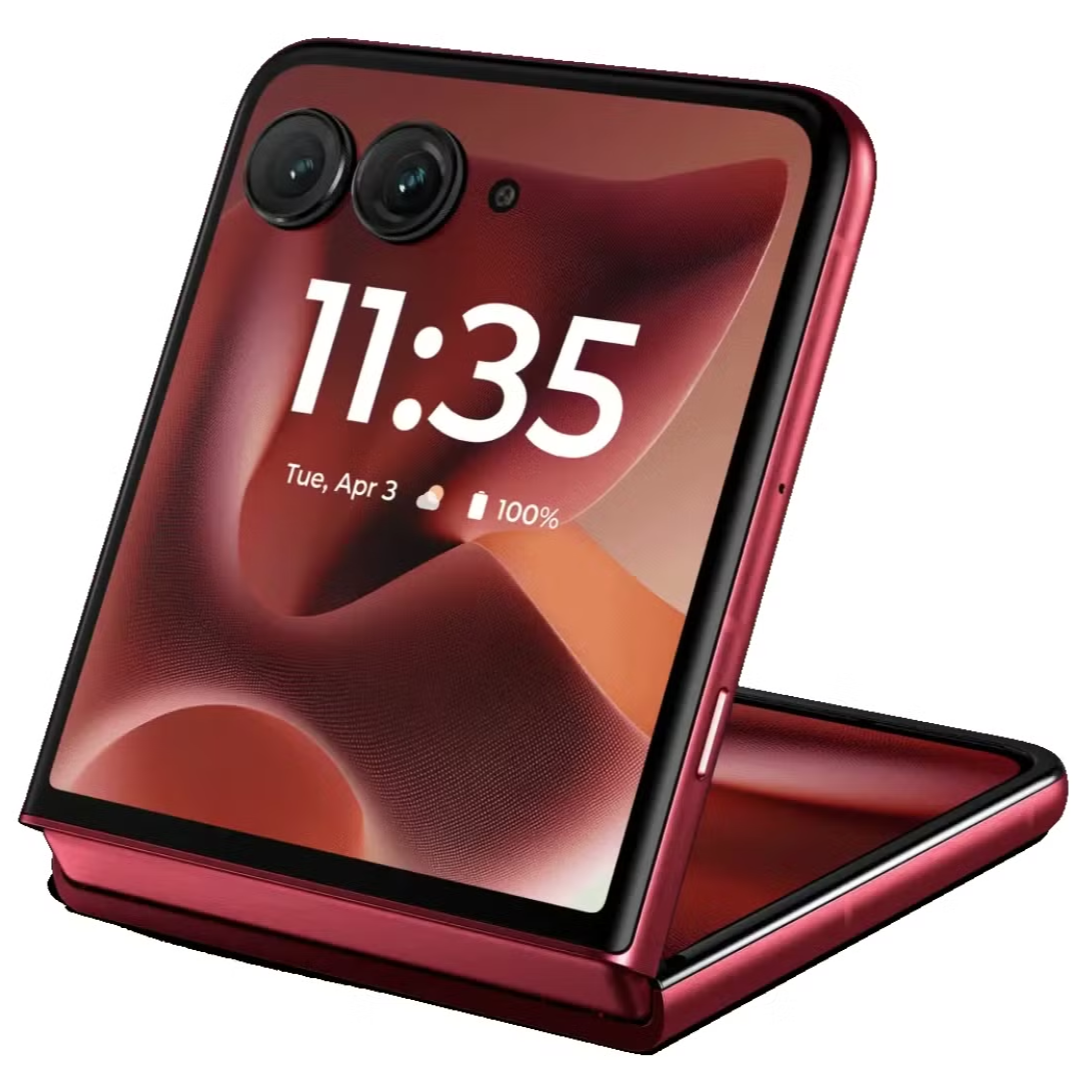
Motorola Razr Ultra
The Razr Ultra is Moto’s best, most advanced clamshell foldable. It offers a large cover screen, a titanium-reinforced hinge for added durability, the powerful Snapdragon 8 Elite processor, and three 50MP cameras (two on the back and one on the front). It builds on the nostalgia of flip-style phones but adds modern sophistication to the form factor.
-
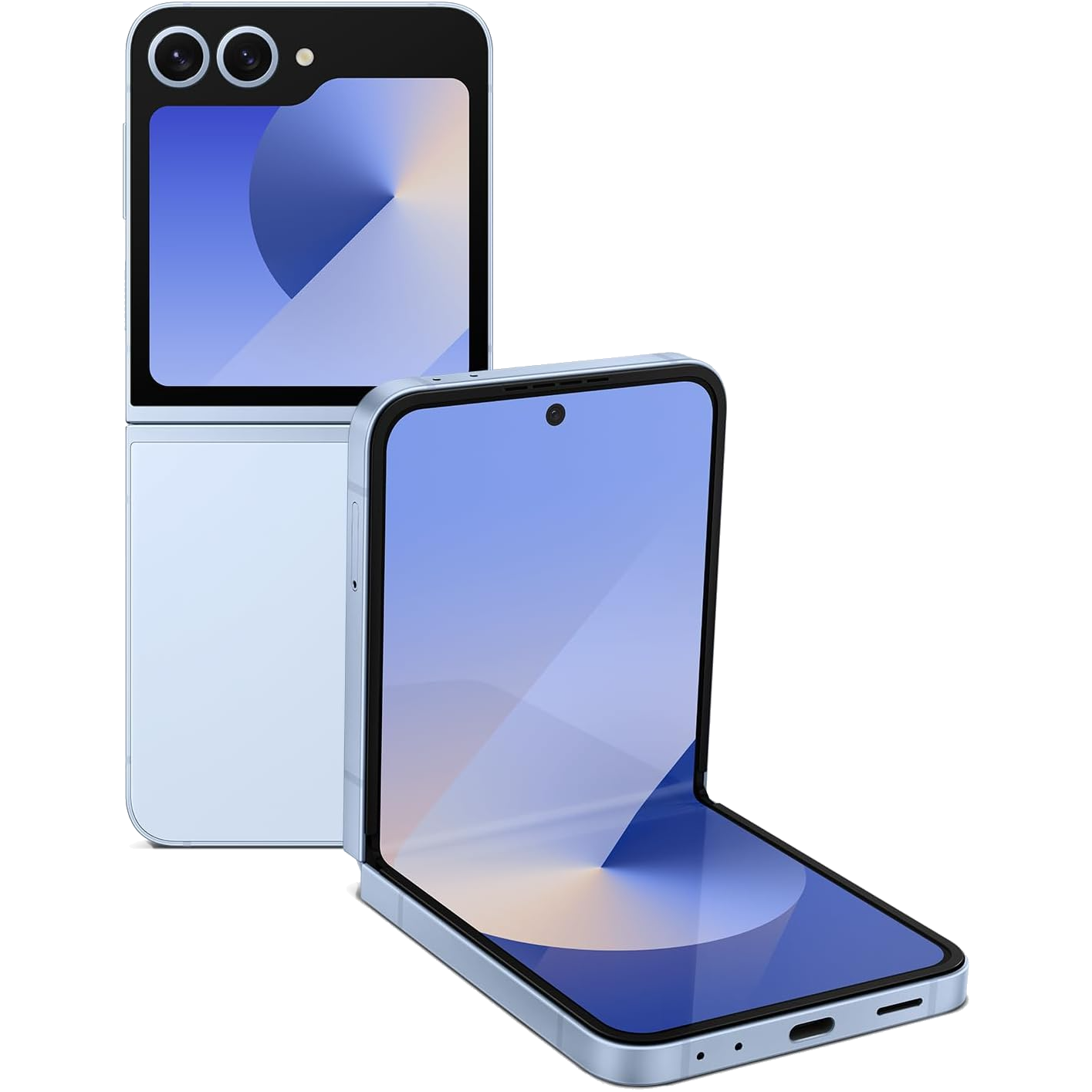
Samsung Galaxy Z Flip 6
The Samsung Galaxy Z Flip 6 is a sleek, foldable smartphone. Powered by the latest Snapdragon processor, it offers exceptional performance, a greatly improved dual-camera system, and Flex Mode for hands-free selfies and video calls.
Here are 10 things that you should know before buying a foldable. In another article, we’ve busted six misconceptions related to foldable phones.



